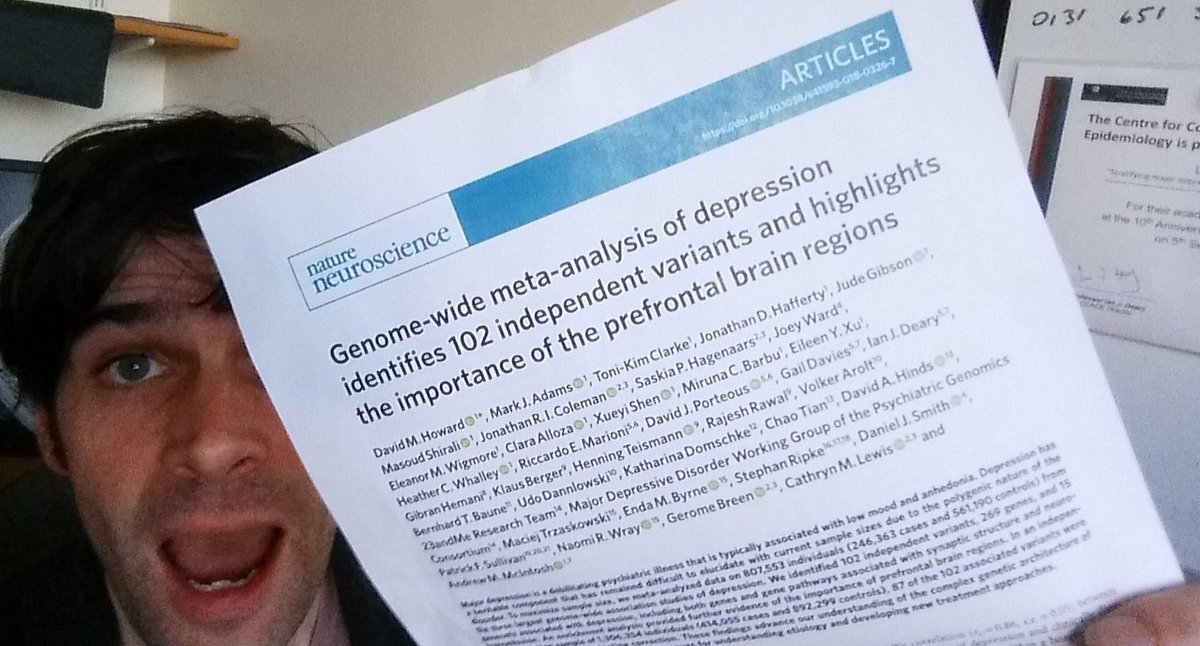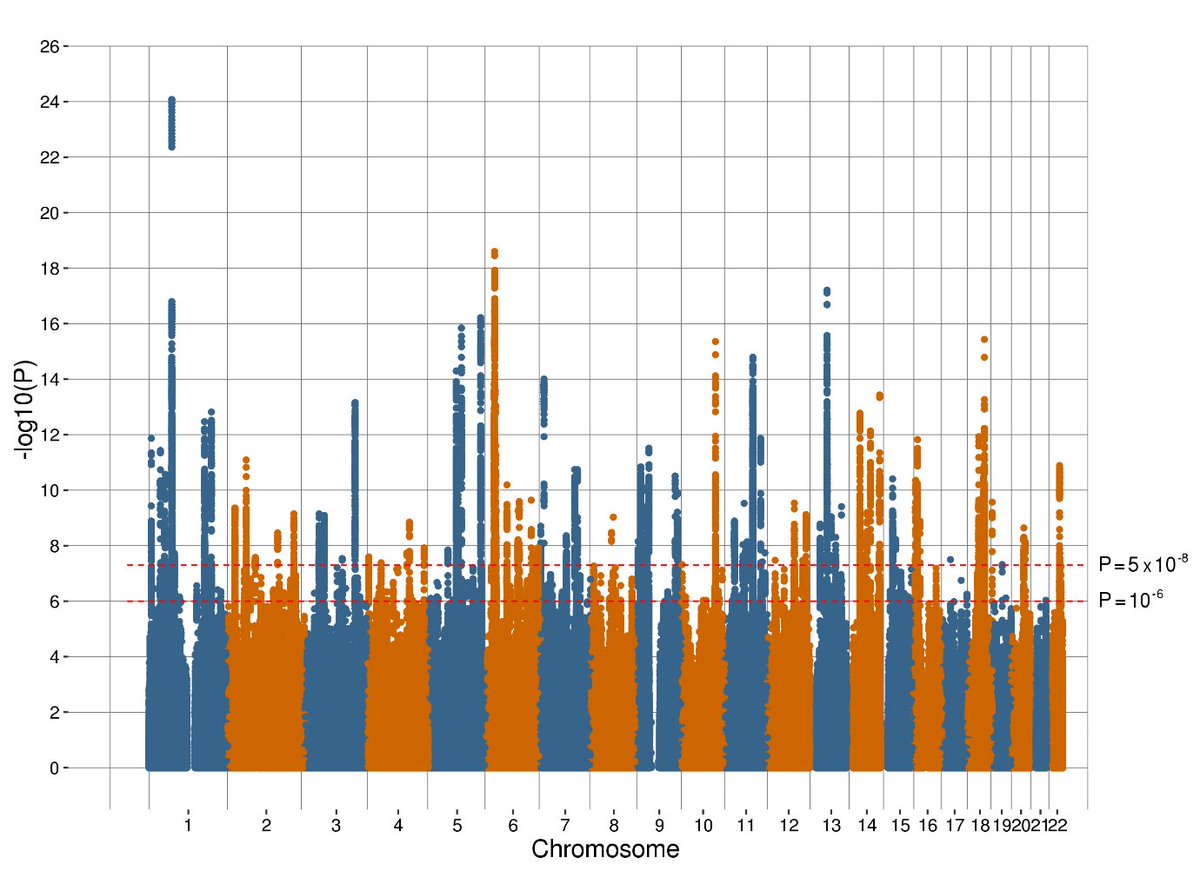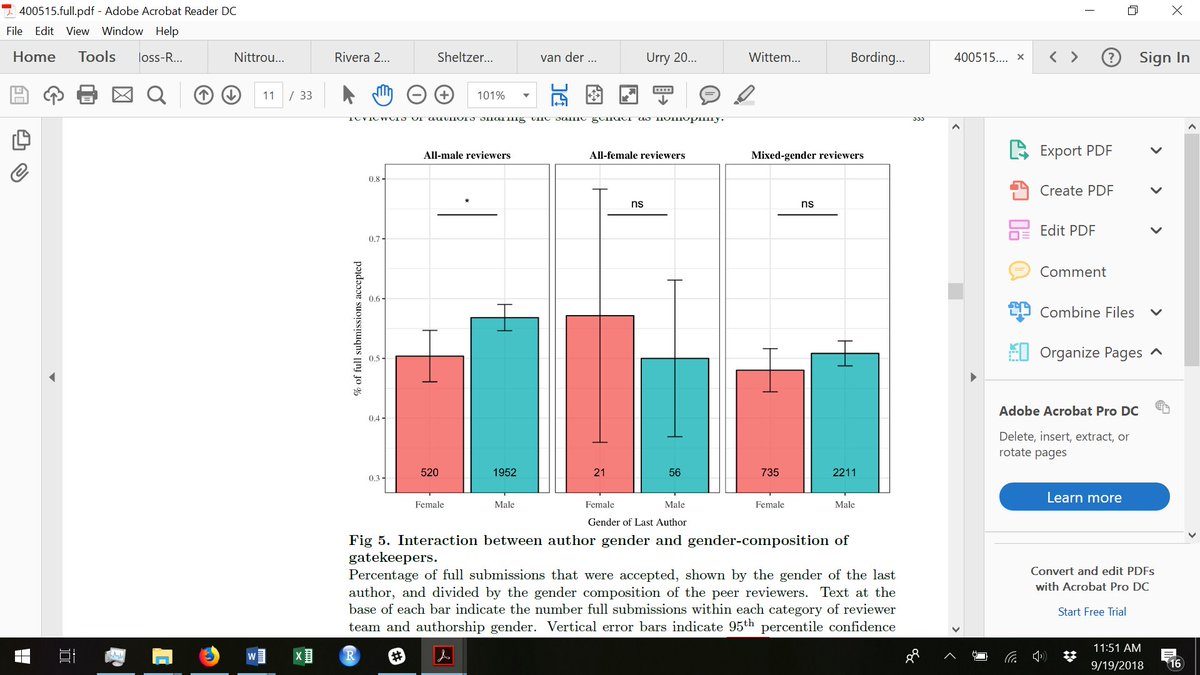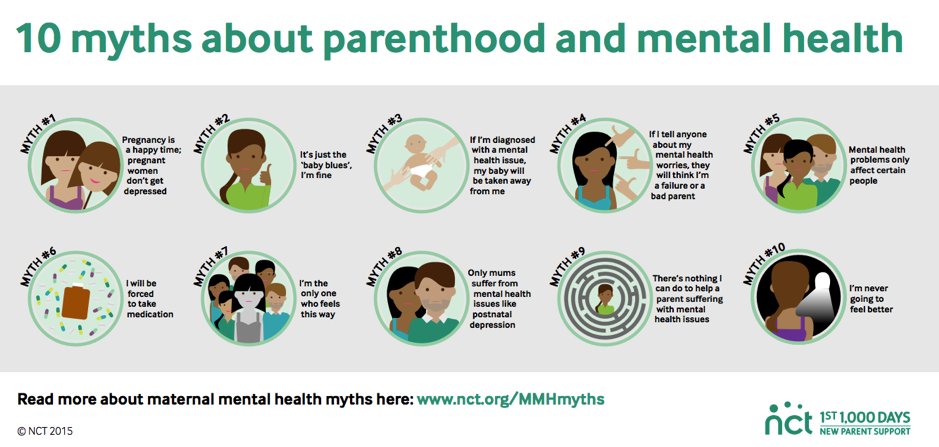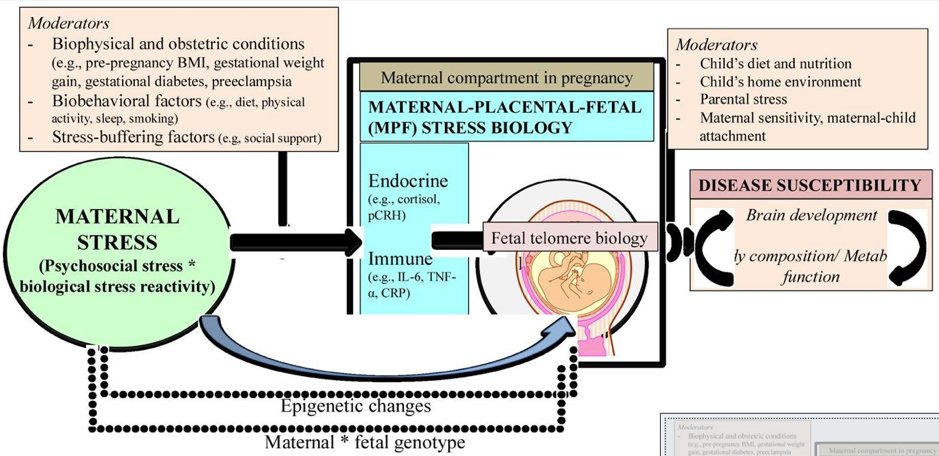Here’s the story behind this study, how we did it, and what we found...
[THREAD]
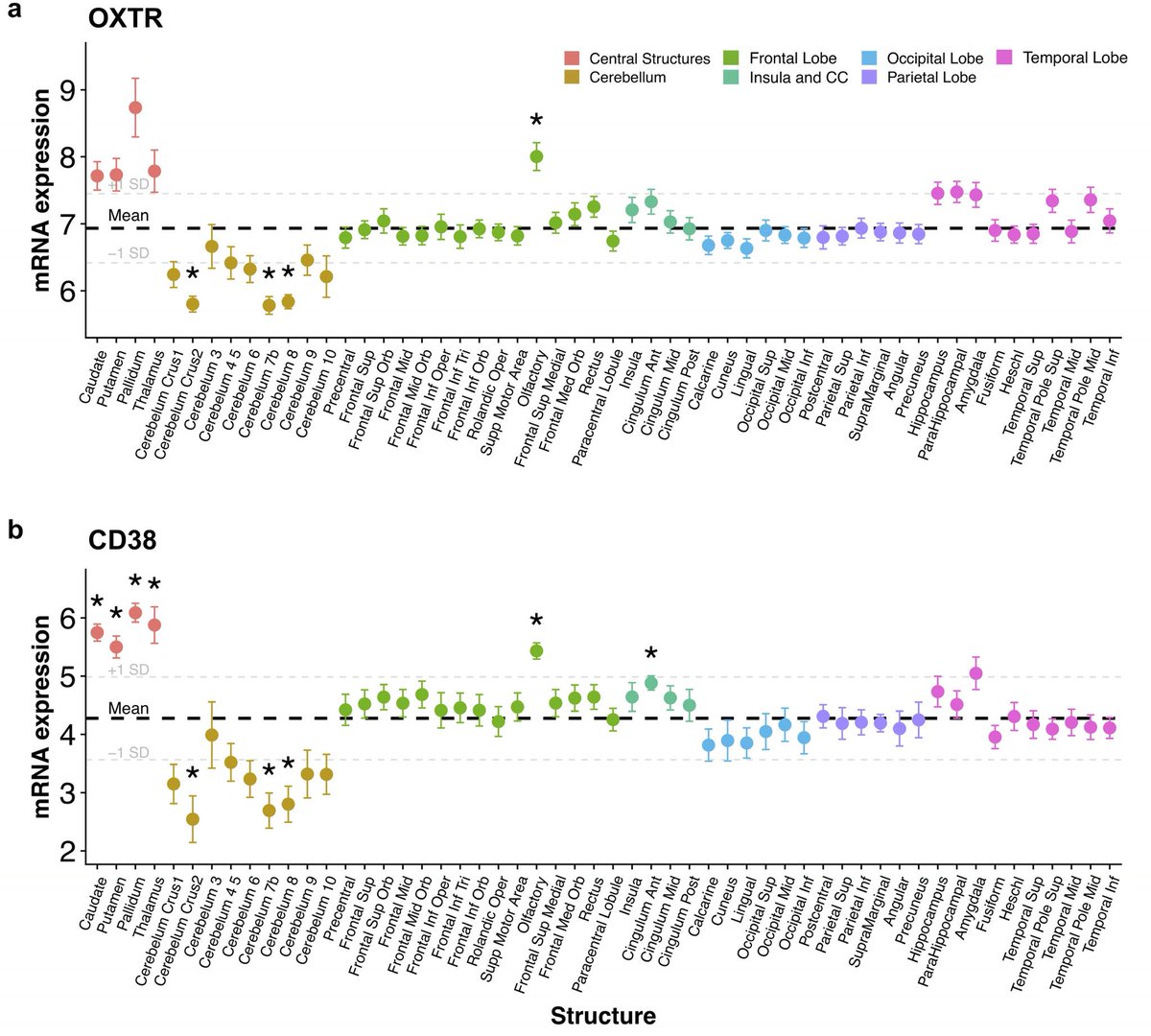
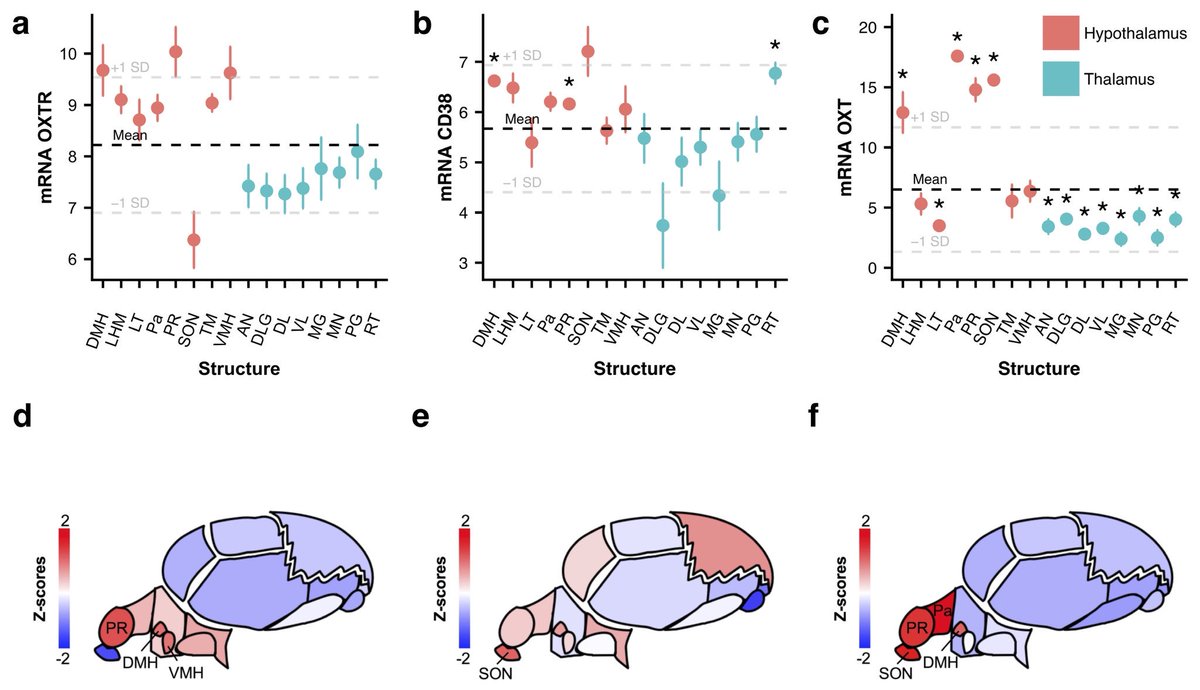
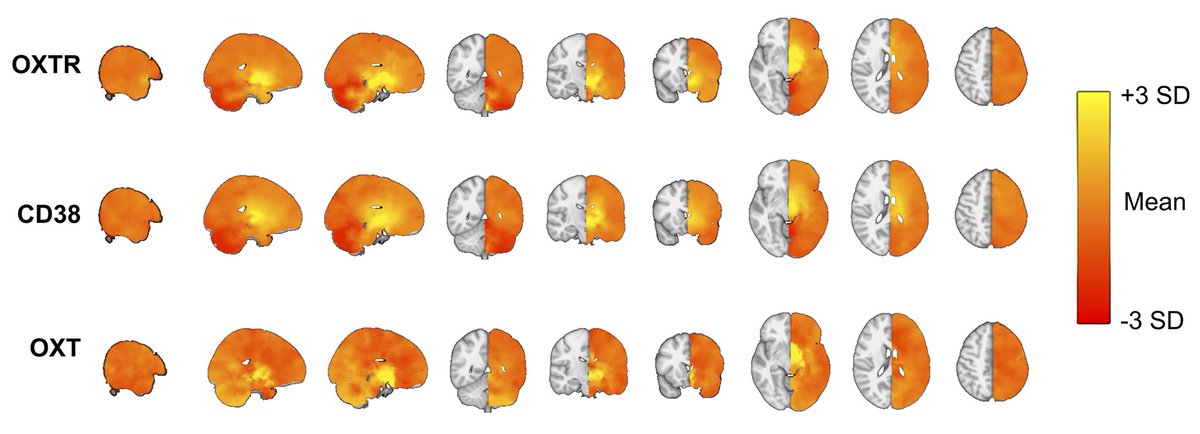
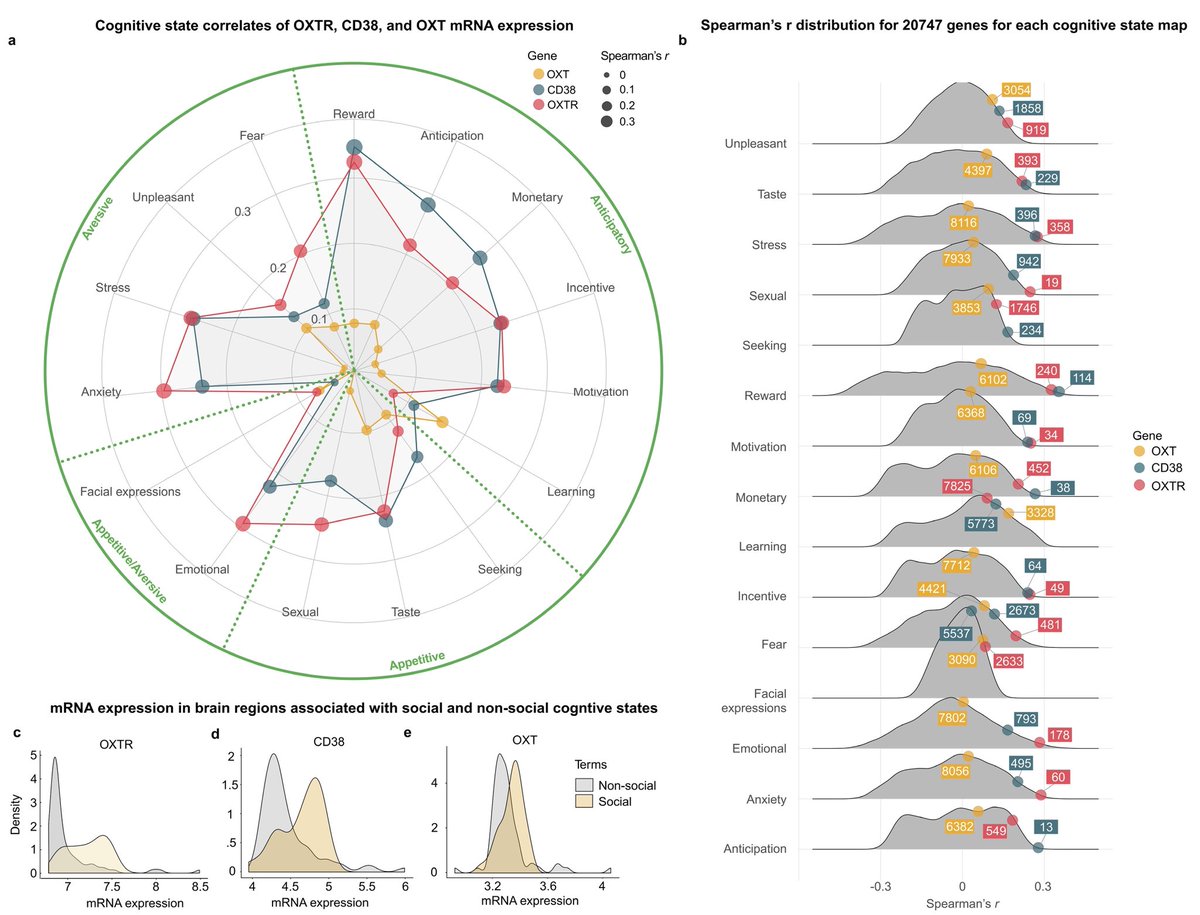
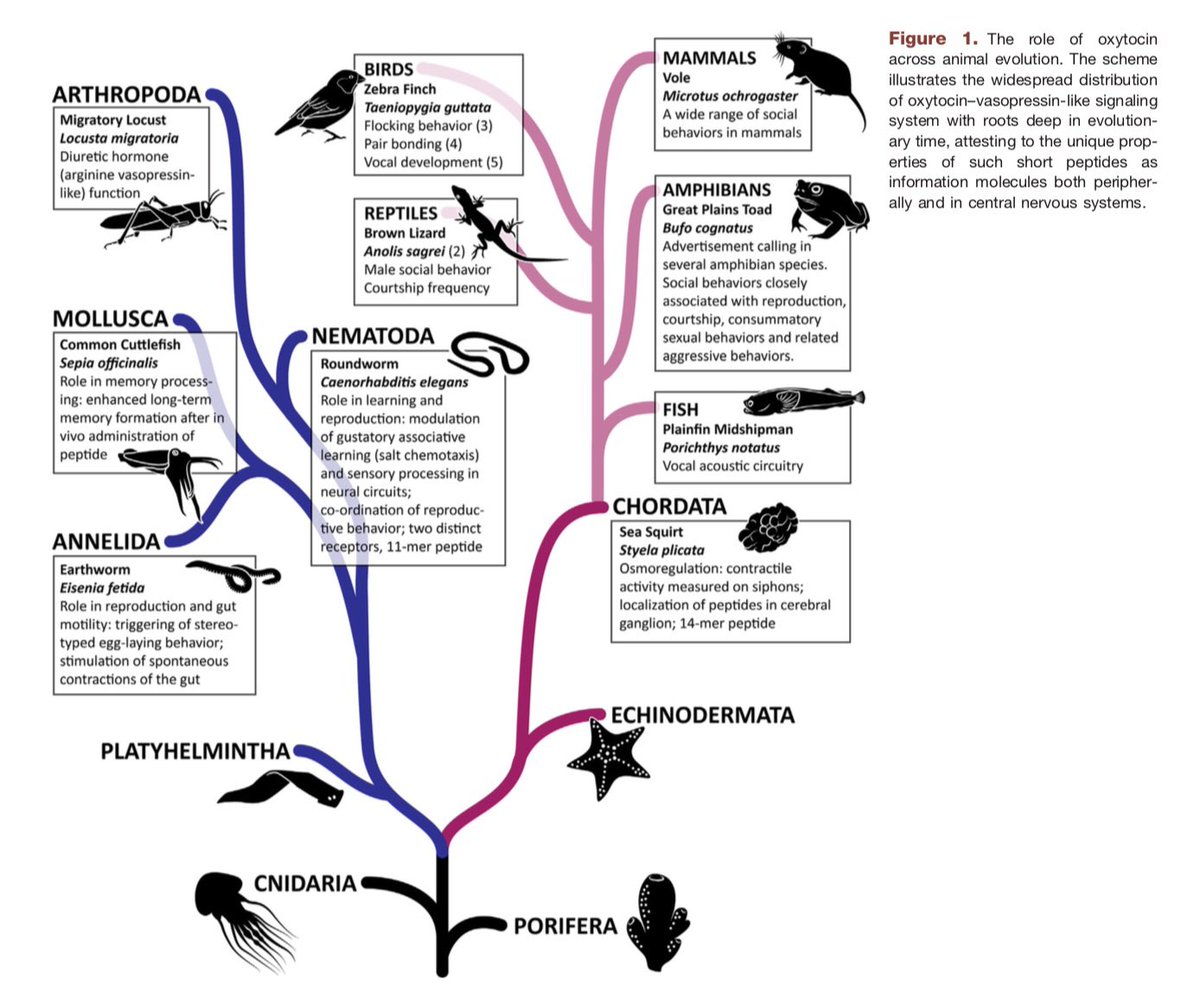
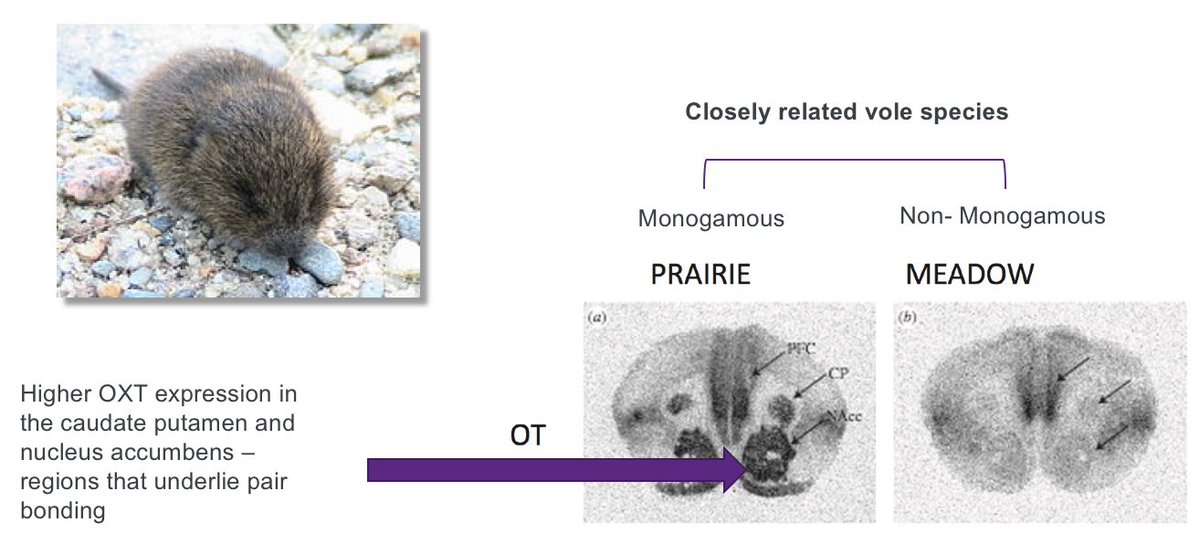
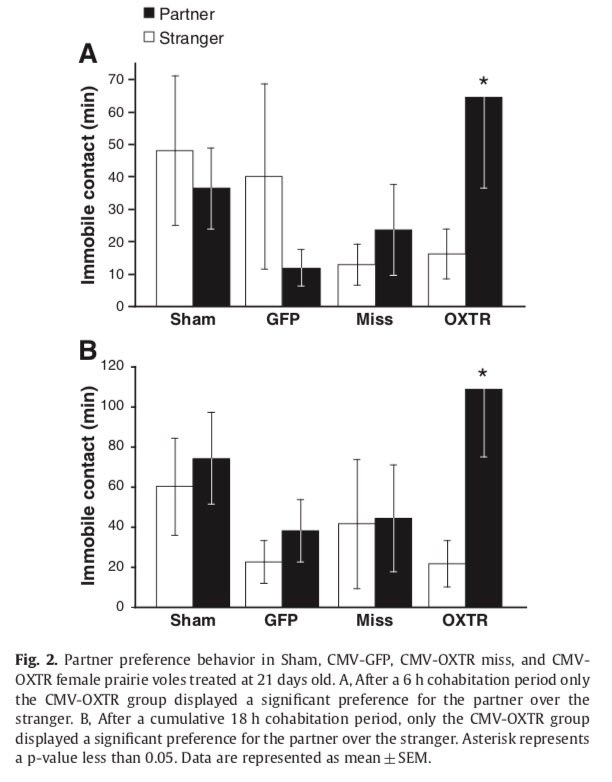
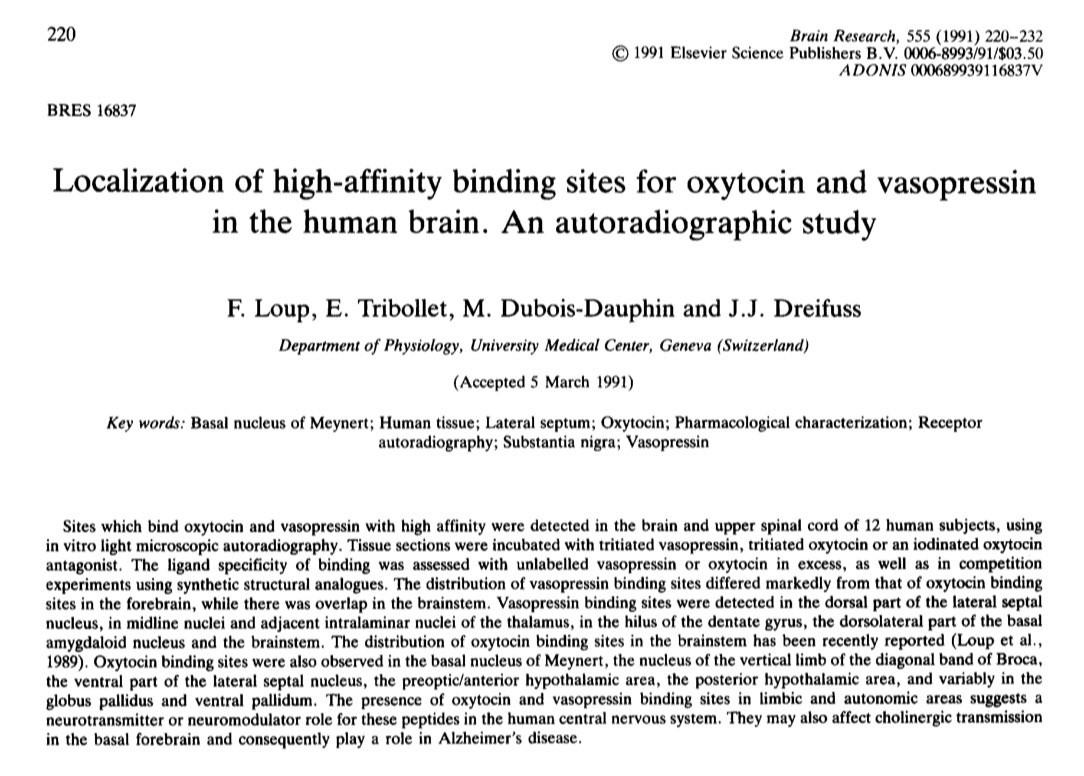
Here’s the @SFFNORMENT multimodal imaging lab, including some of the study co-authors
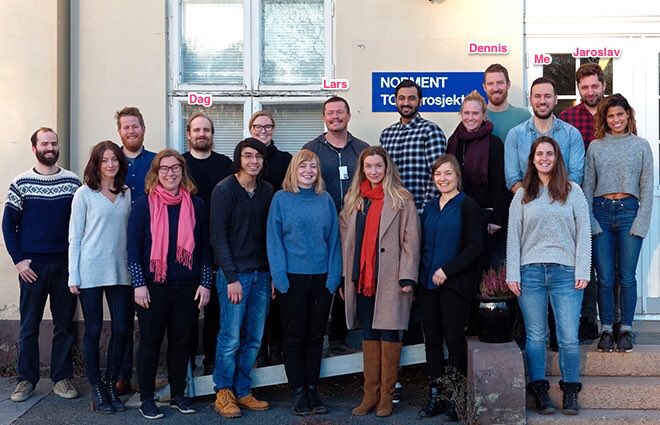
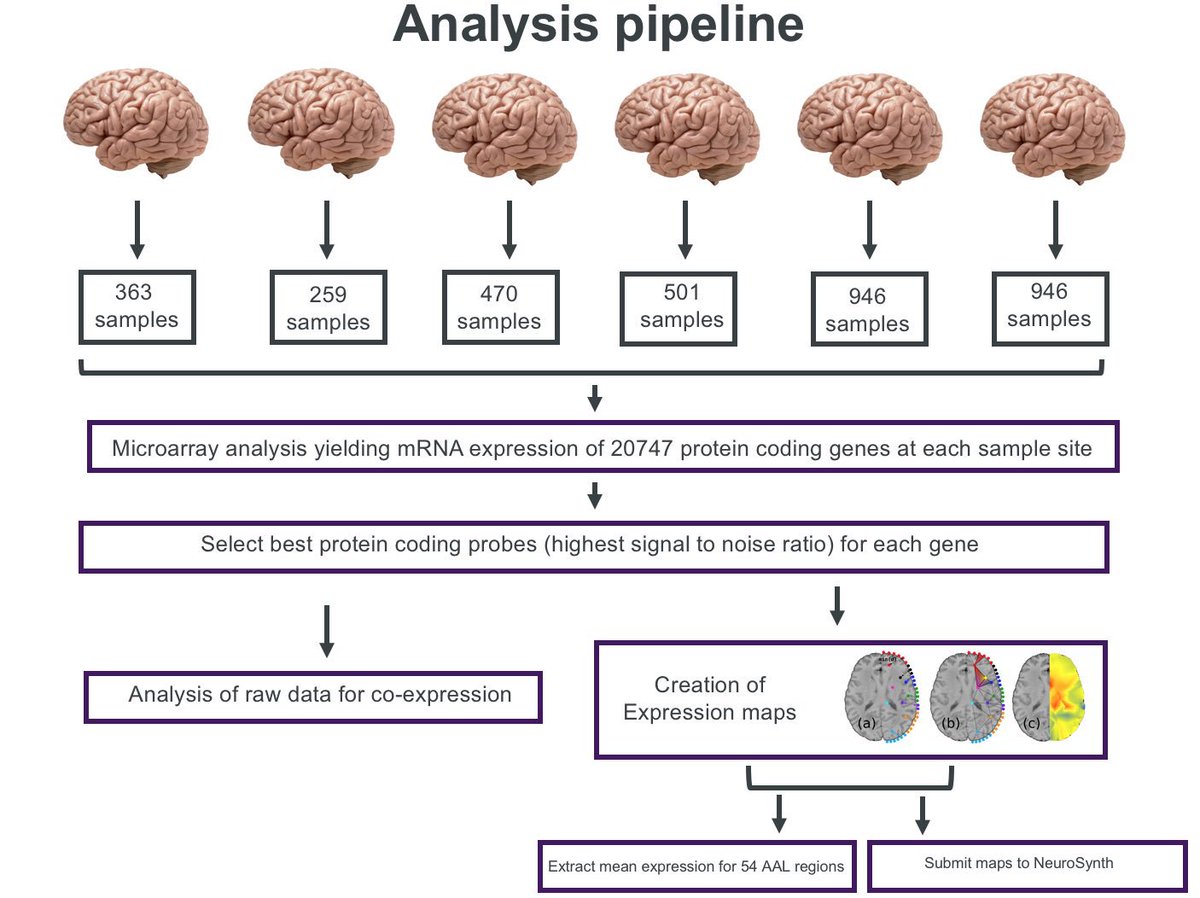
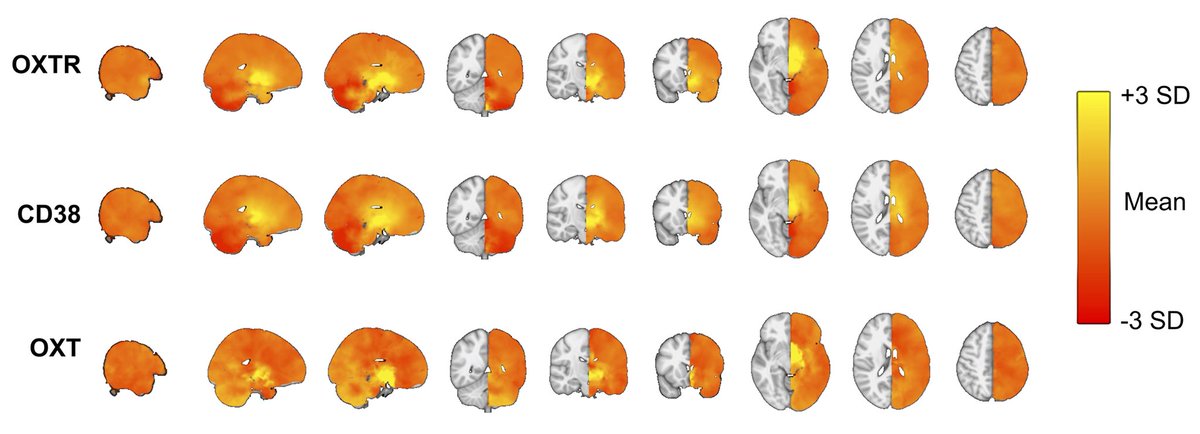
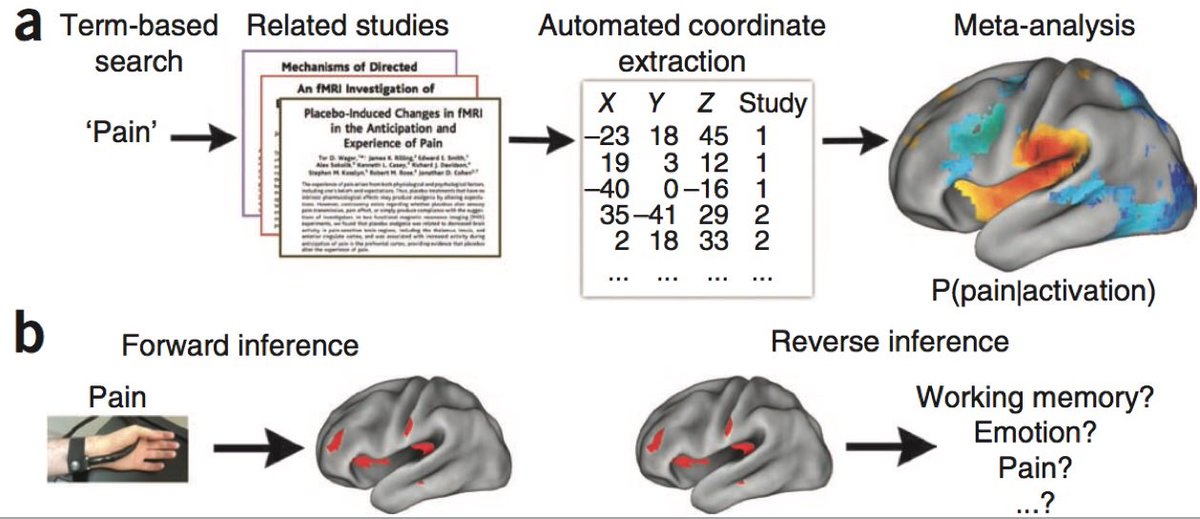
HUGE thanks to all co-authors, especially @jarekrokicki & @larswestlye














Get real-time email alerts when new unrolls are available from this author!
Twitter may remove this content at anytime, convert it as a PDF, save and print for later use!

1) Follow Thread Reader App on Twitter so you can easily mention us!
2) Go to a Twitter thread (series of Tweets by the same owner) and mention us with a keyword "unroll"
@threadreaderapp unroll
You can practice here first or read more on our help page!
